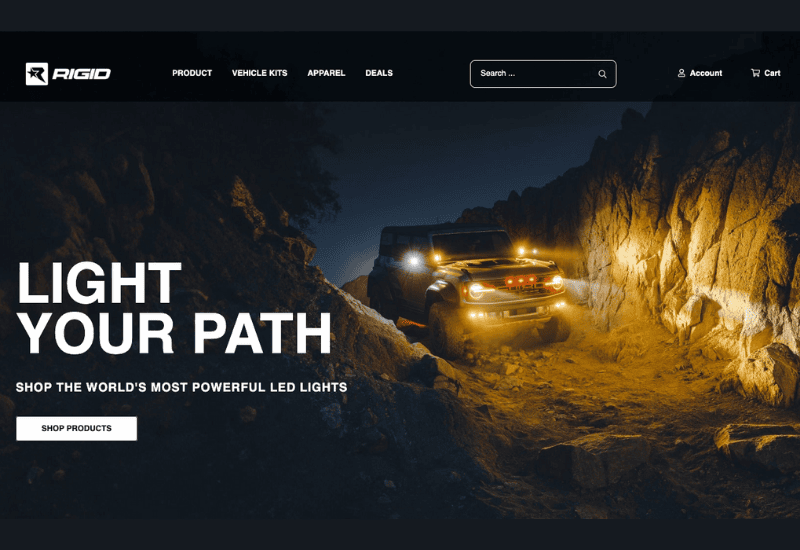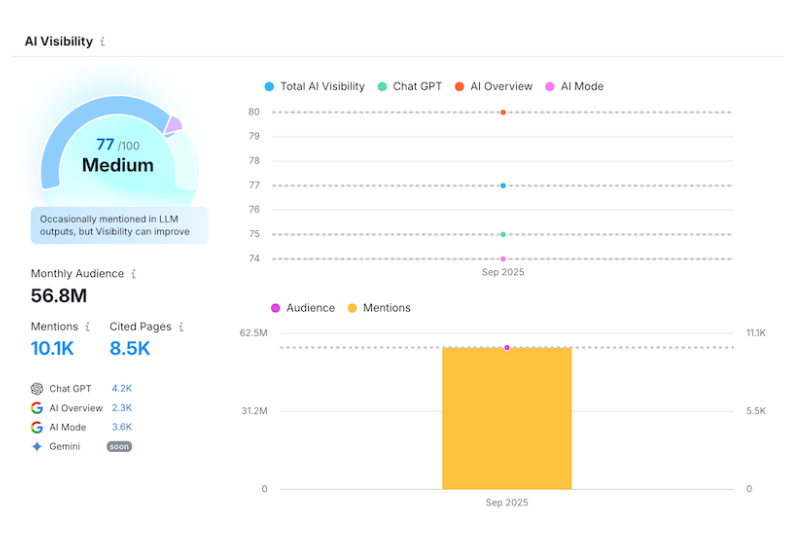
Our team was happy to get back out to Las Vegas for the Adobe Summit 2023 in late March. There was excitement in the air as thousands of people gathered once again in person to talk all things Adobe. Now that the dust has settled, it’s time to explore some of our key takeaways from the event.
With Adobe’s current focus on the Experience Cloud, an architecture containing nearly a dozen products that address the customer journey, our team attended sessions specific to their area of expertise to learn what’s in store for future product updates. Here’s what they had to say.
AI takes a front seat in product development
Gary Goodman, Strategist
One thing that is clear after attending Adobe’s 2023 Summit is just how excited Adobe leadership is. Their excitement expands a host of new products, services, and integrations. Besides this general enthusiasm about the above, generative AI was a main theme running throughout the keynotes, sessions, and product roadmaps shared during the three-day conference. It was woven and incorporated into almost every announcement made during the conference keynotes and in many breakout sessions.
Some of the new products introduced include Adobe’s reaction to current marketplace trends such as ChatGPT and the loss of third-party cookies. In response to ChatGPT, Adobe introduced Firefly and Sensei GenAI, two services that will allow customers to generate various types of marketing content on the fly, including background images for products. These tools can provide imagery, text, video, and subject line suggestions for marketers needing to generate an increasing quantity of content for ads, social media, and websites. Adobe speaks about these services as being a “co-pilot” for creatives and marketers, helping them generate more content, faster and within brand guidelines.
For Adobe Commerce customers, this service promises to be useful in generating initial product catalog descriptions, product image variations, and even providing 3D rotational product images. When paired with other Adobe services, such as Adobe’s CDP (Customer Data Platform), there is an opportunity for real-time personalization of product content, taking into account customers’ behavioral profiles and segmentation.
Adobe also introduced Adobe Event Forwarding, a product that provides server-side tagging for customers to keep pace with privacy laws restricting third-party cookies, which results in less web traffic being available for data analytics. The message during the conference was clear: move your tagging to server-side as soon as possible or be left empty-handed once third-party cookies effectively go away.
In addition to new products, Adobe seems to be taking a page from competitors in the industry in releasing a new App SDK and Web SDK. These new SDKs (Software Development Kits) promise the ability to provide services and new features to Adobe products without compromising the base Adobe code. In the world of commerce, the most obvious use case is making extensions a separate app that provides services to Adobe Commerce without needing to be installed directly in the code base. The hope is that this will result in faster and easier Adobe Commerce upgrades, with fewer opportunities for third-party extensions to cause upgrade issues.
Adobe App Builder brings efficiency, increased site speed, and more revenue
Raf Shkembi, Technical Lead
One thing is for sure, the Adobe Summit this year was HUGE! Almost ten thousand people attended and it was great! Seeing past and current colleagues, clients, and let’s not forget our partners. I attended a lot of labs and sessions and learned a lot about new ways to improve my work. I also learned about plans that Adobe is going to release in the near future.
One thing that really impressed me was App Builder. The Adobe folks explained in detail how that system works and why we should use it. I saw with my own eyes that the system was more efficient and a lot faster than normal API’s. This is something that we will definitely use for our clients since it will help them create faster sites and why not… more revenue!
Integrating commerce data with other business applications in manufacturing
Curt Lorenz, Data & Analytics Lead
Adobe Summit 2023 was a resounding success, with attendees from various industries being introduced to the latest developments in eCommerce and marketing. One of the key areas that I focused on was the immense potential of integrating eCommerce data with other business applications in the manufacturing space. Through blending these datasets, manufacturers can gain unprecedented insights into their customers, their behaviors, and their desires, enabling them to deliver truly personalized digital experiences.
This level of personalization has the potential to transform the entire manufacturing industry, providing companies with the tools and knowledge they need to truly engage and retain their customers.
With the immense growth of eCommerce and the increasing importance of digital experiences across various industries, this is an exciting time for manufacturers to embrace these new opportunities and shape the future of their businesses. You can read more about our data & analytics services to get you started.
***
These are just some of the key takeaways from what was a content-rich conference. If you’d like to learn more about what was presented at the Summit, you can review all of the session content here.



